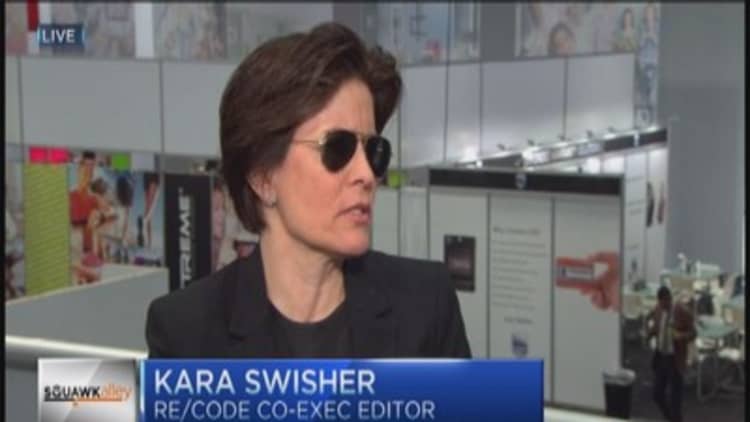On June 27, Twitter CEO Jack Dorsey tweeted his excitement about welcoming Candi Castleberry Singleton to the tech company's family as the new vice president of inclusion and diversity.
Singleton's appointment comes just a few months after Jeffrey Siminoff left the position. Like many of Silicon Valley's giants, Twitter has come under fire for its lack of diversity, and faced criticism when Sminioff, a white male, was appointed to head its diversity efforts in December 2015.
Singleton's name may be unfamiliar to some in the male-dominated world of tech, but she has years of experience working on diversity and inclusion initiatives at major corporations. She's led teams in operations and talent development at Xerox and worked as the chief inclusion and diversity officer at Motorola and Sun Microsystems before stepping into the same role at the University of Pittsburgh Medical Center.
Here are three ways she can use her expertise to shape and improve company culture at Twitter:
Improve hiring practices from top to bottom
According to a 2016 diversity report, Twitter is 57 percent white, 32 percent Asian, 3 percent black, 4 percent Hispanic/Latinx, and 37 percent female. While these numbers are a slight improvement from the year before, the social networking site still has a long way to go in introducing diverse talent at all levels of the company.
Upon leaving Twitter in 2015, engineering manager Leslie Miley shared his thoughts about how the company was addressing diversity and inclusion in a blog post on Medium. According to Miley, some leaders at Twitter felt diversity was "an obstruction to avoid." Miley added that with his departure, the company no longer had any managers, directors, or VPs of color in engineering or product management.
Since Miley's controversial blog post, Twitter has worked to add more racial and gender diversity to its leadership through the appointment of BET Chairman and CEO Debra Lee to its board in 2016, and the hiring of Apple/Beats by Dre alum Jayanta Jenkins as global group creative director.
Singleton can use her expertise to ensure Twitter hires the right people from top to bottom.
"I consider myself to be a diversity and inclusion leader," she told the Toledo Blade in April. "I get up every day believing there are more good people in the world than bad people and there is more good in the world than evil. It is the only way I can do this work."
Tie diversity and inclusion to business goals
According to data from Pew Research Center, 27 percent of African Americans who use the internet use Twitter, 25 percent of Latino internet users use Twitter, and 21 percent of white internet users use Twitter.
Dorsey made the business case for improving diversity at Twitter during an annual National Society of Black Engineers meeting last year, saying, "We are not going to be relevant unless we are inclusive, unless we are representative of who we serve."
As founder and CEO of the Dignity and Respect Campaign, an initiate that helps organizations champion inclusion and bring cultural awareness, Singleton makes it clear that a company can only be successful if it sees diversity as a core business goal.
In her book, "Crossing the Divide: Intergroup Leadership in a World of Difference," Singleton wrote that that when a company prioritizes diversity as part of its business strategy, "people will find ways to solve the challenges of diversity" and "they will watch for and respond to the social identity cues that show that inclusion is a core task, and not a peripheral one."
Expand unconscious bias training
While speaking at a National Society of Black Engineers meeting last year, Dorsey said that Twitter would be rolling out unconscious bias training to all employees and interns in an effort to create a more inclusive work environment for all.
In her former roles at UPMC, Motorola and Sun Microsystems, Singleton implemented several diversity initiatives, including her "From Bolted-On to Built-In" model, an integrated inclusion model that helps companies shift the responsibility for achieving an inclusive culture to every employee. The model can help Twitter enhance their bias training in order to ensure all employees are champions of diversity and inclusion.
Like this story? Like CNBC Make It on Facebook
Don't miss: Jack Dorsey says the best investment he ever made cost him nothing



